Tomb 63
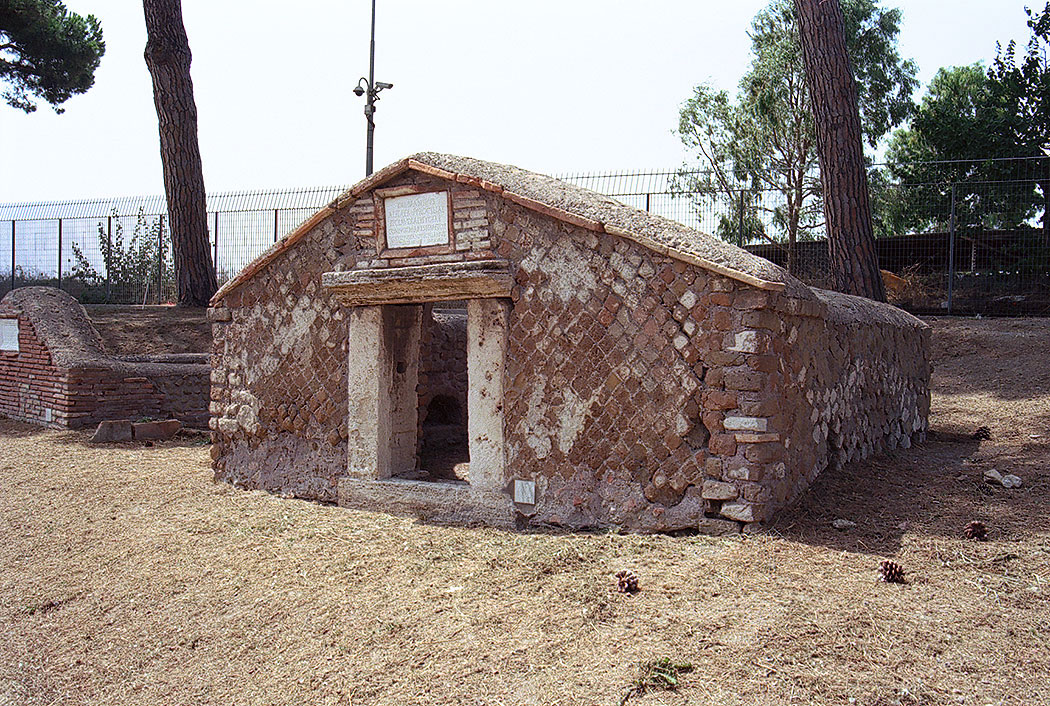
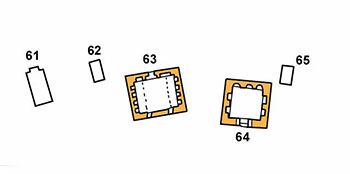
Tomb 63 was originally built in opus reticulatum (small stones of tufa in check pattern). It is turned towards the Via Severiana and has an inscription above the entrance.
The slab with the inscription is placed in a small part of the facade built in brick. This brick part dates from a second period of use.
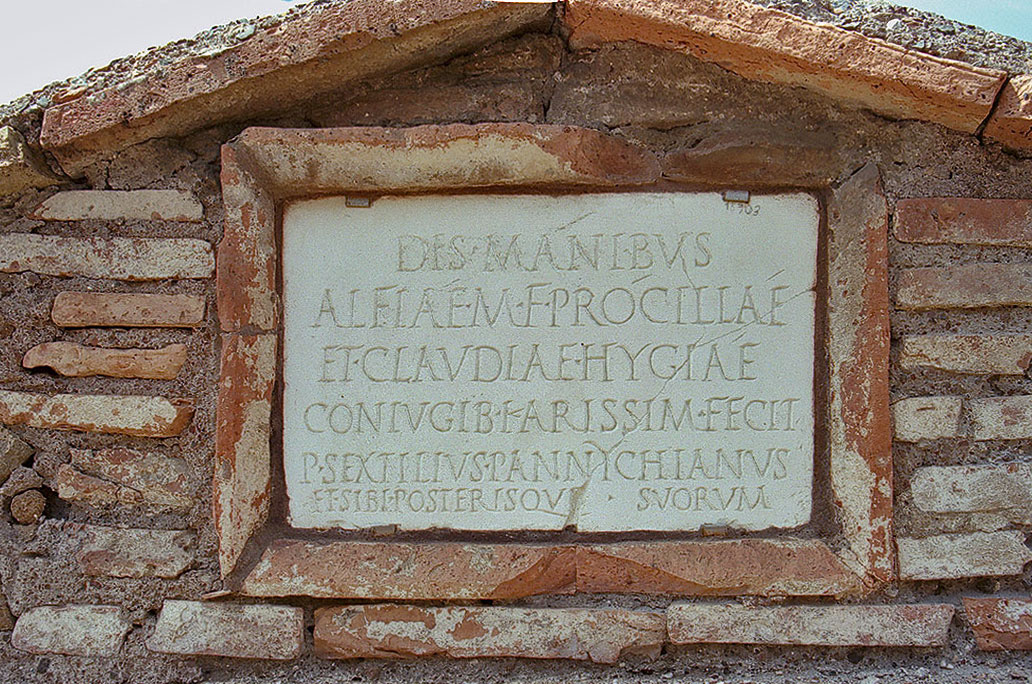
ALFIAE M(arci) F(iliae) PROCILLAE
ET CLAVDIAE HYGIAE
CONIVGIB(us) KARISSIM(is) FECIT
P(ublius) SEXTILIVS PANNYCHIANVS
ET SIBI POSTERISQVE SVORVM
Publius Sextilius Pannychianus has built this tomb for Alfia Procilla, daughter of Marcus, and for Claudia Hygia, his beloved wives, and for himself and for his heirs. The husband had obviously remarried.
Tomb 63 dates back to the time of Trajan (about 125 AD).
The burial chamber was originally organized for cremation burials only.
The walls have survived till a height of 2.10 metres. The vault is missing completely.
To make room for inhumation in later time, four niches in the right wall had to disappear.
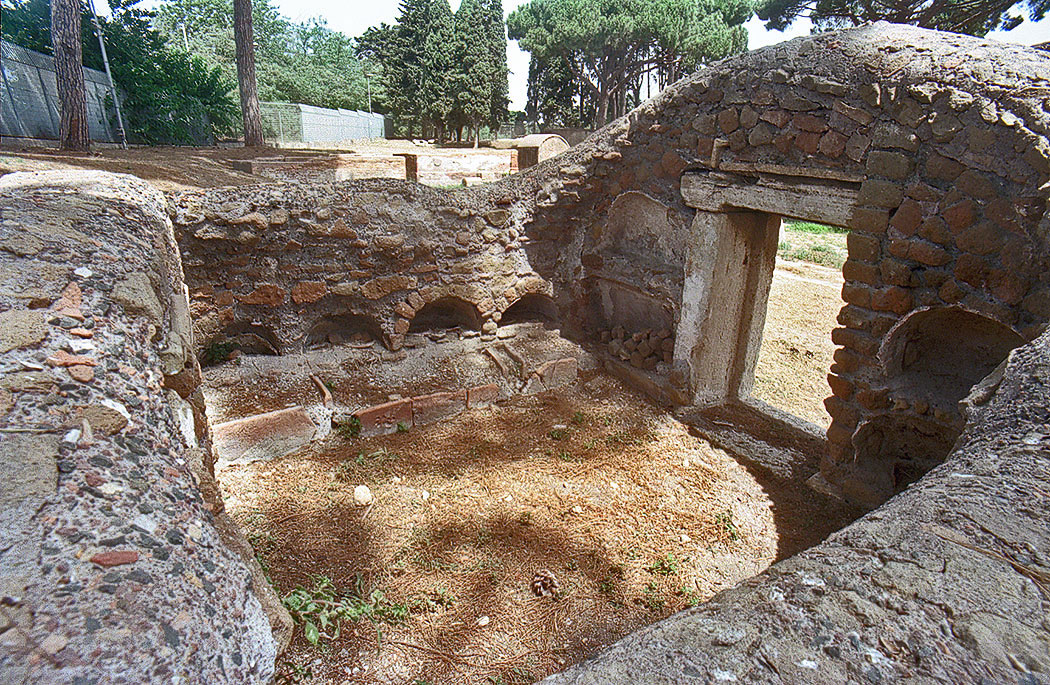
Tomb 63: the burial chamber. On the right wall the destroyed niches
and part of the sarcophagi.
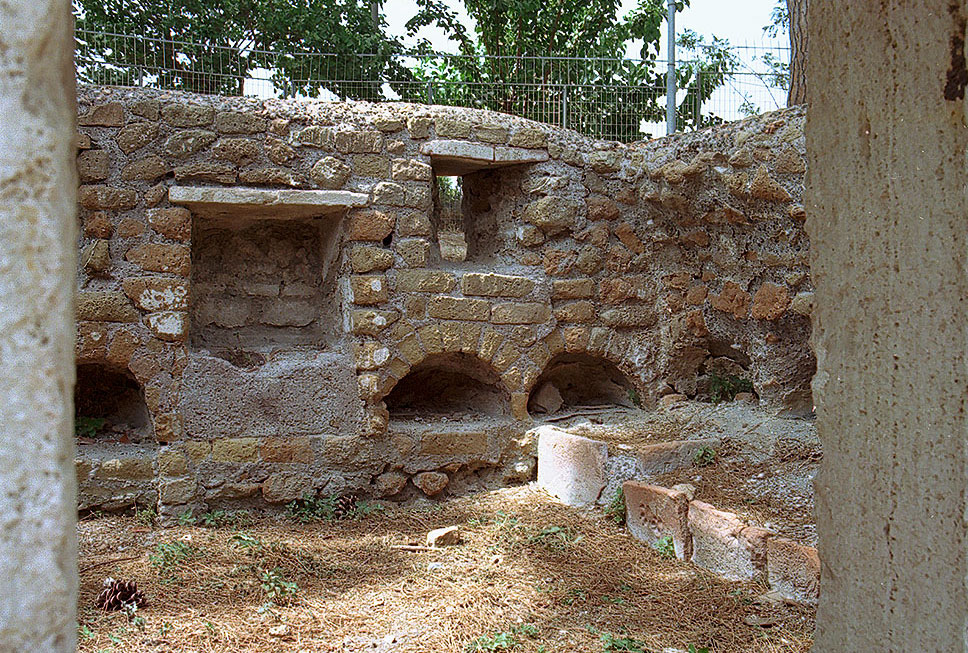
During the excavations several niches, still covered with a marble slab, have been found. Two of the inscriptions on those slabs survived:
D(is) M(anibus)
CONSIDIAE SATVRNINAE
M(arcus) LICINIVS HERMES
CONVIGI BENEMERENTI
ET SIBI
This grave has been built by Marcus Licinius Hermes for Considia Saturnina, his beloved wife and for himself.
D(is) M(anibus)
D(ecimo) SERGIO FELICI ET
PETRONIAE AVXESI
LIBERTIS LIBERTAB(usque) POSTERISQ(ue)
EORVM
The second grave was meant for Decimus Sergius Felix and Petronia Auxesis, their freed slaves, and the descendants.
- Sources
- Russel Meigs - Roman Ostia, At the Clarendon Press 1973
- Guido Calza - Necropoli nell'Isola Sacra'(1940)
- Dr. Jan Theo Bakker.
- Hilding Thylander - Inscriptions du port d'Ostie (Lund C W K Gleerup 1952).
- Ida Baldassarre, Irene Bragantini, Chiara Morselli and Franc Taglietti - Necropoli di Porto, Isola Sacra (Roma 1996).
The resurfaced fleet of Pisa

In 1998, an incredible archaeological heritage was discovered by accident near the Pisa San Rossore railway station....
Read more ...Leptiminus
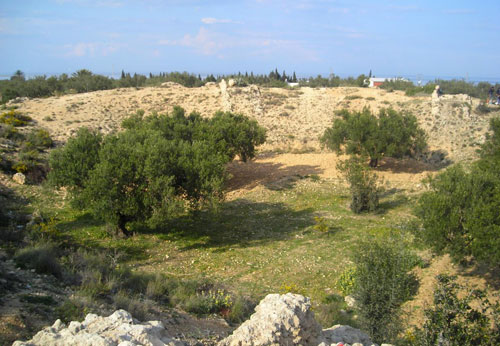
At the site of present-day Lamta on Tunisia's east coast, there was already a port city named Leptis Minor ....
Read more ...Roman maritime trade law

Roman law is the finest monument that Rome bequeathed to Western Europe....
Read more ...Sullecthum (Salakta)

In the Sahel, in the Tunisian province of Madhia, we find by the sea the small town of Salakta....
Read more ...
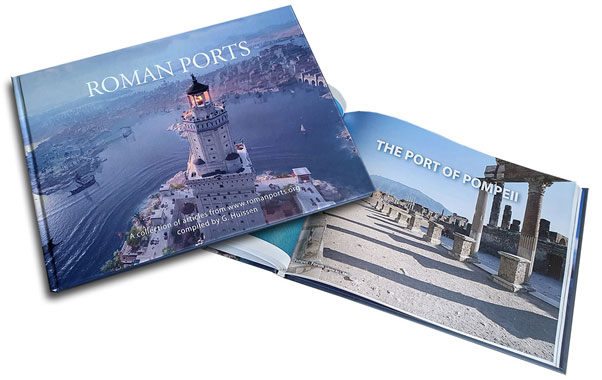
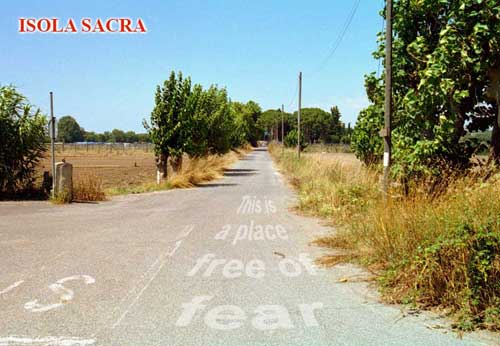
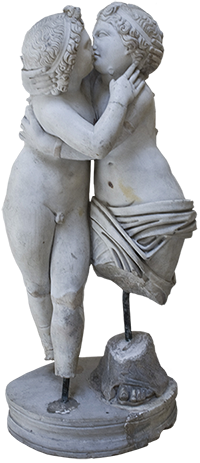 We are committed to providing versions of our articles and interviews in several languages, but our first language is English.
We are committed to providing versions of our articles and interviews in several languages, but our first language is English.